THE SOURCE AND ROOTS OF NUMEROUS CUISINES WORLDWIDE
Castilla-La Mancha’s cuisine has inspired many other cuisines around the world.
SPAIN’S BREADBASKET AND A CHAMPION OF RAW MATERIALS
Known as Spain’s breadbasket, Castilla-La Mancha boasts an extraordinary range and wealth of products, which help to create unique local cuisine.
HUMBLE CUISINE
A cuisine not familiar with excess or extravagance, instead showing a transparent, honest, and sincere character.
HONEST CUISINE
A sense of simplicity permeates Castilla-La Mancha’s cuisine, showcasing the unique local produce.
TRANSCENDING TIME
Both products and culinary techniques have been passed down from generation to generation, not just here in Spain, but worldwide
PIONEERS IN PROTECTING A CULINARY IDENTITY
Historical archives are key to being proud of our identity, which have enabled the region’s recipes to be recorded and kept alive in cookbooks.




